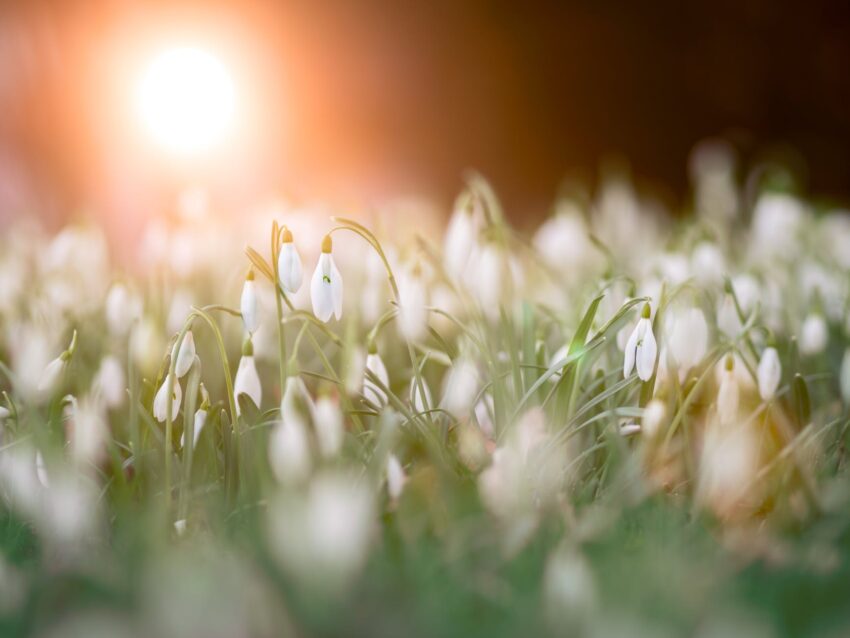In the annals of human history, psychoactive substances have been ever-present, used for spiritual, medicinal, and recreational purposes. Among these substances, the group known as psychedelics – such as LSD, magic mushrooms, peyote and Ayahuasca – have a particularly vibrant and complex history. Tracing the ancestral use of these substances takes us back thousands of years to ancient indigenous cultures where psychedelic rituals were an integral part of their spiritual and medicinal practices.
In the dawn of humanity, substances derived from plants and fungi held high importance. They were used as entheogens – substances intended to facilitate spiritual experiences. The ancient psychedelic use dates back to at least 5000 to 8000 years. Evidence of this can be traced upon examination of Saharan rock paintings and the archaeological residue found in various places around the world.
The magic mushrooms, also known as Psilocybin mushrooms, are one of the most historically ingrained psychedelics. Evidence from Algerian cave paintings suggests these psychedelic fungi were in use as early as 9000 BC. Indigenous cultures of Central America, notably the Aztecs, were known to use these mushrooms in their religious ceremonies. Officials of the Spanish conquest chronicled the properties and uses of “Teonanácatl”, which translates as ‘god mushroom’.
Another major psychedelic found in nature is the Peyote cactus, revered by the native cultures of North America, specifically the Huichol people of Mexico. The Huichol people used peyote in their rituals and considered it a means of communicating with their gods. Similarly, indigenous Amazonian tribes are known for their use of the psychedelic brew Ayahuasca, which contains powerful psychoactive compounds. This brew is still a central element in indigenous healing ceremonies in South America.
The modern history of psychedelics unfolds in the early 20th century with the Western world’s discovery of these substances. The journies began in the 1930’s, with ethnobotanists such as Richard Evans Schultes documenting indigenous uses of psychedelics. However, it was not until the introduction of LSD (Lysergic Acid Diethylamide) that psychedelics truly entered Western consciousness. Albert Hofmann, a Swiss chemist, accidentally synthesized LSD in 1943, marking a significant turning point in the history of psychedelics.
In the 1950s and 60s, LSD and other psychedelic substances rapidly moved from the laboratories into the hands of the public, inciting the famous psychedelic era symbolized by tie-dye clothes, peace protests, and psychedelic rock. Scientists, philosophers, and cultural icons such as Tim Leary advocated their potential therapeutic and spiritual value, claiming the experience could catalyze profound insights into the nature of consciousness and reality.
However, the widespread recreational use of these substances, combined with the socio-political tumult of the 1960s, resulted in a controversial status of psychedelics. The Controlled Substances Act of 1970 classified most psychedelics as Schedule I drugs, marking them as harmful substances with no accepted medical use. This drastically curtailed research into the therapeutic potential of these substances.
The recent years have seen a renewed interest in these compounds as the so-called “psychedelic renaissance”. Modern science is re-evaluating these substances for potential therapeutic use in treating mental health problems. Studies suggest that under carefully controlled conditions, psychedelics such as psilocybin could be effectively used to treat depression, anxiety, PTSD, and addiction.
From powerful entheogens of old to controversial substances of the ’60s counterculture, and now promising tools for mental health treatment, psychedelics have a deep-rooted history that spans epochs. The link between human consciousness and these consciousness-altering substances is an enduring part of our shared human story, demonstrating our long-standing need to explore the boundaries of reality.
Sources:
1. Britannica – Psychedelic drug
2. MAPS – History of Psychedelics
3. Cell – Ancient Psychedelics
4. NIH – Peyote Use
5. JSTOR – Ayahuasca Use
6. NIH – The Psychedelic Renaissance
